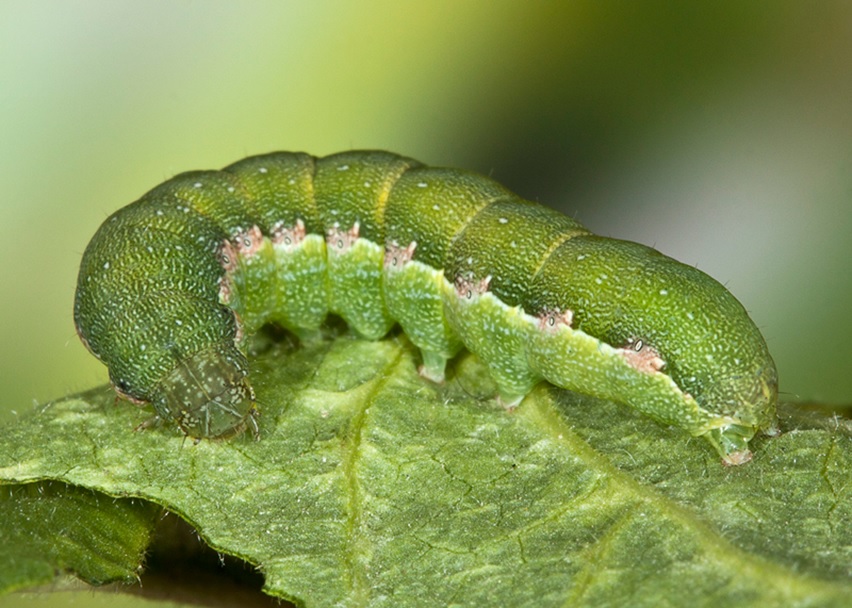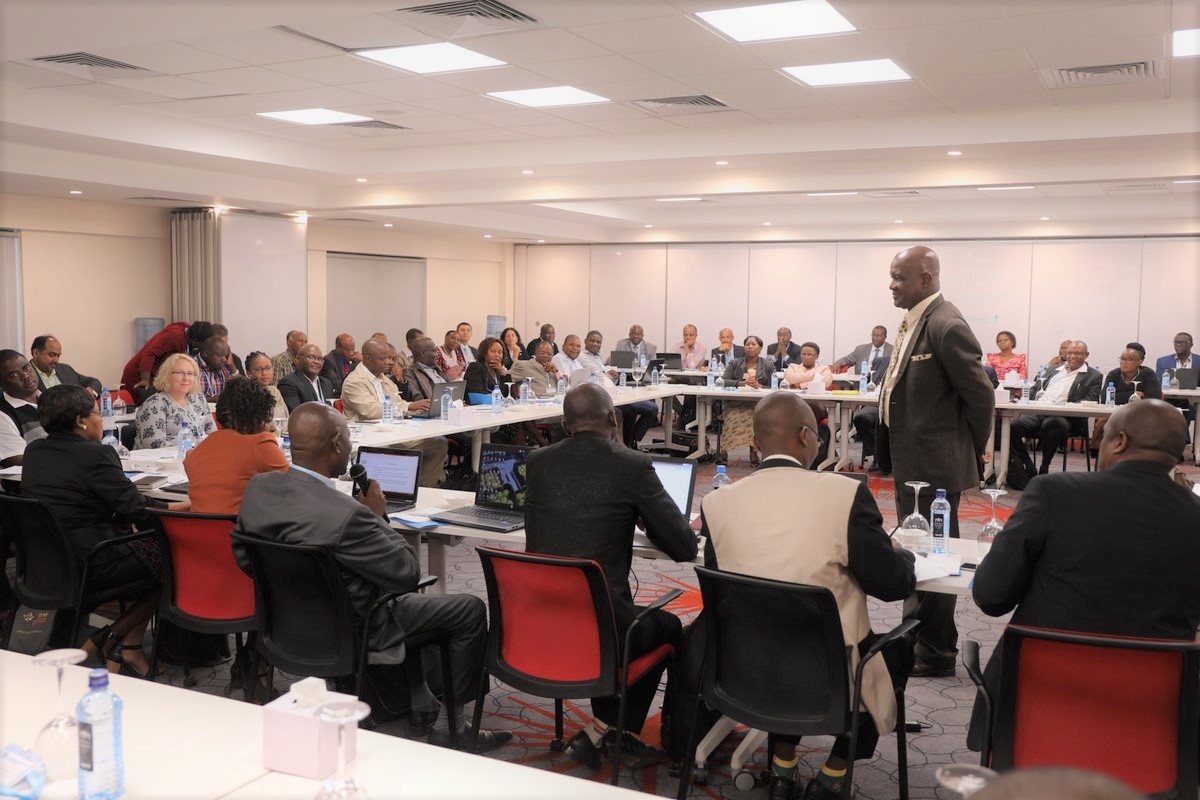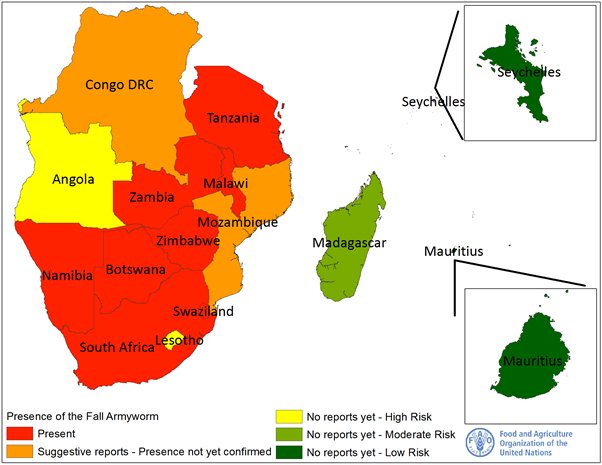By Winnie Kamau
A state of urgency has been called by Experts and Scientists over the Fall Armyworm that is currently spreading like bush fire in Africa. The Fall Armyworm has become as a source of concern amongst Technical Experts meeting convened by the UN Food and Agricultural Organization (FAO) in Nairobi, discussing the armyworm infestation.
The experts have recommended that government and other stakeholders make an immediate assessment and put in place effective surveillance systems to map the affected areas as a matter of urgency. Esaiah Tjelele, Program Officer at Southern Africa Development Community (SADC) Secretariat noted that “It is unfortunate we have a crisis, we have to bring all the stakeholders on board” adding “As much as the worm is a threat currently it is also important not to lose sight of other pests and diseases”

Gabriel Rugalema FAO Country Representative in Kenya said: “We need to put in place effective surveillance systems and respond in time to confirmed outbreaks”. It emerged during the meeting that the Fall armyworm which came from the Americas could have been in the region for a longer time than known due to the failure of the systems by experts and farmers to identify the pest, thus giving it time to multiply.
Dr. Peter Chinwada from the University of Zimbabwe noted with concern “We cannot be certain about the first outbreak of the infestation because initially, some farmers could not distinguish the fall armyworm from other pests such as the maize stem borer and the African armyworm”
A big caution has been put on farmers and experts on the use of heavy application of pesticides and the danger of heavy application of chemicals to control the Fall armyworm as has been the first reactionary practice in some countries. “The pest is likely to develop resistance to the available pesticides if the application is not managed and guided”, warned Ramasamy Srinivasan, an Entomologist from the World Vegetable Centre in Taiwan.
Among the dangers of the heavy use of chemicals cited by the experts is the high cost that may be a hindrance to many smallholder farmers, inadequate regulation of trade, application of pesticides and the eminent danger to humans, livestock and the environment, as well as accelerated building up of resistance.

The technical experts have called for the adoption of an Integrated Pest Management (IPM) approach, an effective and environmentally sensitive approach to pest management that uses current, comprehensive information on the life cycles of pests and their interaction with the environment. This information combined with available pest control methods will be used to manage pest damage by the most economical means, and with the least possible hazard to people, property, and the environment.
“FAO is now urgently making an assessment of the spread, level of infestation, and ultimately find integrated control methods with all stakeholders,” said Bukar Tijani, FAO Assistant Director-General and Regional Representative for Africa.
Dr. Winfred Hammond, a Consultant with FAO in his report showed how the pest in the SADC Region had affected all the countries except for Lesotho. By the time of the meeting in Nairobi, the Government of Angola reported they had spotted the deadly pest.

According to the Country’s reports indicated all Provinces in Zimbabwe had been affected. In Swaziland, all areas except the Western region was not affected. In South Africa, the Fall Armyworm was present in all provinces except two. While in Mozambique 9 Provinces were affected out of the 10. Malawi had all 8 Agricultural provinces affected and in Botswana 8 out of 10 Provinces had been affected. The pest was present in Tanzania’s North, Coast, and the Southern Regions while in DRC the pest was present but had not ravaged as much.
The most affected crops were maize, sorghum, sweet corn, millet, and weeds. 13 counties have reported the pest out of the 47 Counties in Kenya which is sending panic amongst the farmers who are currently grappling with drought.
The experts have said the Fall Armyworm that was first spotted in the Americas before spreading to Africa is here to stay and we need to come up with innovative ways to see its downfall.













